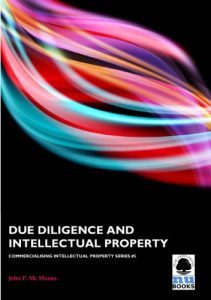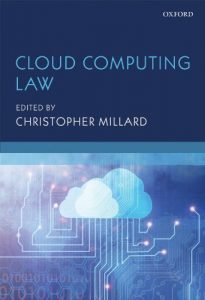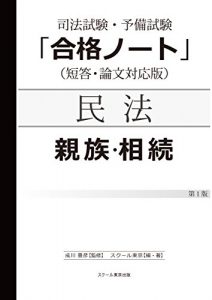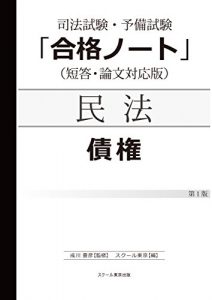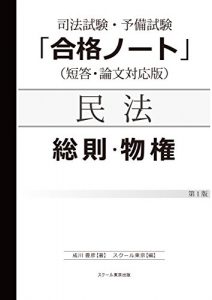I 99eBooks è una directory di eBook. Cerchiamo e classificato intorno alle eBooks Web per te!
Tutti i diritti riservati. I libri e libri elettronici sono di proprietà dei rispettivi proprietari.
The computerization of the Italian judicial system and the civil trial in Europe
The computerization of the Italian judicial system leads to an ever more futuristic goal, but not adventurous to do justice. The PCT leads towards dematerialization of documents from paper become virtual thanks to computers. Transmission of documents following a virtual path through goals and create a mechanism that leads to the minimization of the procedural deadlines. The effect that the exchange of information by electronic means information involves creating a boomerang. This boomerang is the consequence of the fact that the information contained in the virtual package can move from side to side in a flexible manner through the cut and paste. This exchange of information in record time results in a perception of transparency and a greater sense of responsibility of the judges to the needs of citizens from increasingly demanding rapidi.L'uso telematics times of justice in trial phases involves a turnaround the aseptic mode of operation of the process operators since the exchange of information becomes faster and create an integrated system capable of facilitating communication between the actors in terms of comparison and understanding. Besides the IT tool allows you to make split-second decisions extremely complex searches, statistical data extractions, comparisons, controls which on paper would require much more time. The Civil Trial in itself does not shorten the prediction of the procedural rites marked at all stages by the Civil Procedure Code and the laws related to it, it becomes an instrument capable of rowing against the unreasonable delay and long delay in obtaining justice . This text reviews on the subject are made on the birth and its development by analyzing the advantages and disadvantages of potential and suggesting improvements.

